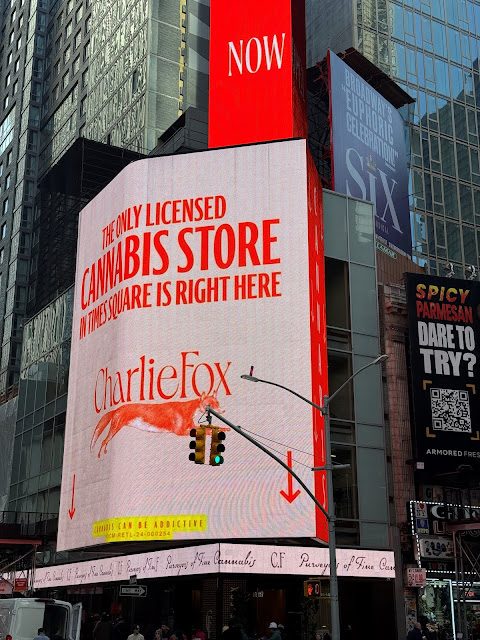In NYC, the pendulum is still swinging between inclusive admissions as measured by demographics and determined by lottery, and meritocratic admissions as measured by tests and grades.
The NYT has the story:
In a Reversal, New York City Tightens Admissions to Some Top Schools. The city loosened selection criteria during the pandemic, policies some parents protested as unfair and others hoped would reduce racial disparities. By Troy Closson
"New York City’s selective middle schools can once again use grades to choose which students to admit, the school chancellor, David C. Banks, announced on Thursday, rolling back a pandemic-era moratorium that had opened the doors of some of the city’s most elite schools to more low-income students.
...
"New York City has used selective admissions for public schools more than any school district in the country. About a third of the city’s 900 or so middle and high schools had some kind of admissions requirement before the pandemic disrupted many measures to sort students by academic performance.
...
"Selective high schools will also be able to prioritize top-performing students.
"The sweeping move will end the random lottery for middle schools, a major shift after the previous administration ended the use of grades and test scores two years ago. At the city’s competitive high schools, where changes widened the pool of eligible applicants, priority for seats will be limited to top students whose grades are an A average.
...
"The announcement came as New York City’s education officials are confronting multiple crises in the wake of the pandemic, complicating a dilemma that has bedeviled previous administrations: how to create more equitable schools, while trying to prevent middle-class families from abandoning the system.
"State standardized test scores released Wednesday showed that many students fell behind, particularly in math, and that many Hispanic, Black and low-income students continue to lag far behind their white, Asian and higher-income peers. At the same time, the district is bleeding students: Roughly 120,000 families have left traditional public schools over the past five years. Some have left the system, and others have gone to charter schools."
*****
And here's the Washington Post:
New York City, embracing merit, rolls back diversity plan for schools By Laura Meckler
"New York City schools announced Thursday they would allow middle schools to consider academics in admitting students to some of the city’s most sought-after programs, unraveling pandemic-era rules aimed at injecting racial and economic diversity into a segregated system.
"High schools would also rely more heavily on merit and less on the luck of a lottery under the new plan, reversing the previous administration’s direction as a new mayor takes command of the nation’s largest school system.
...
"In San Francisco, admissions into the elite Lowell High School were converted from merit-based into a lottery system. As in New York, though, the change was reversed — in this case, after several school board members were recalled, in part over this issue.
"In Northern Virginia, Thomas Jefferson High School for Science and Technology also shifted from an admissions test to a “holistic review” that considers several factors, a move that is being challenged in court and has faced resistance from the Republican governor and his administration.
...
"In New York, the debate is particularly fiery because students are required to apply to middle and high school, and before the pandemic, about a third of the city’s 900 middle and high schools included requirements for admission — such as grades, test scores, attendance and behavior records.
...
"That system was largely converted into a lottery under Mayor Bill de Blasio.
"For high school, applicants were put into tiers based on their grades. But the top tier included about 60 percent of all students, who had the first crack at the top schools. Competitive schools drew acceptances randomly from this group.
...
"Now, under the new system announced Thursday, it will be harder to get into the top tier, though once in that group, it will still be a lottery. To get into the top tier, students must be in the top 15 percent of their school or of the city overall, and they must have at least a 90 percent on grades.
"Test scores, which had been used for years but also criticized as biased, will not be considered. Banks said exam scores are a flawed measure but grades are “still a very solid indicator of how you are showing up as a student,” even for students who face hardships at home."





